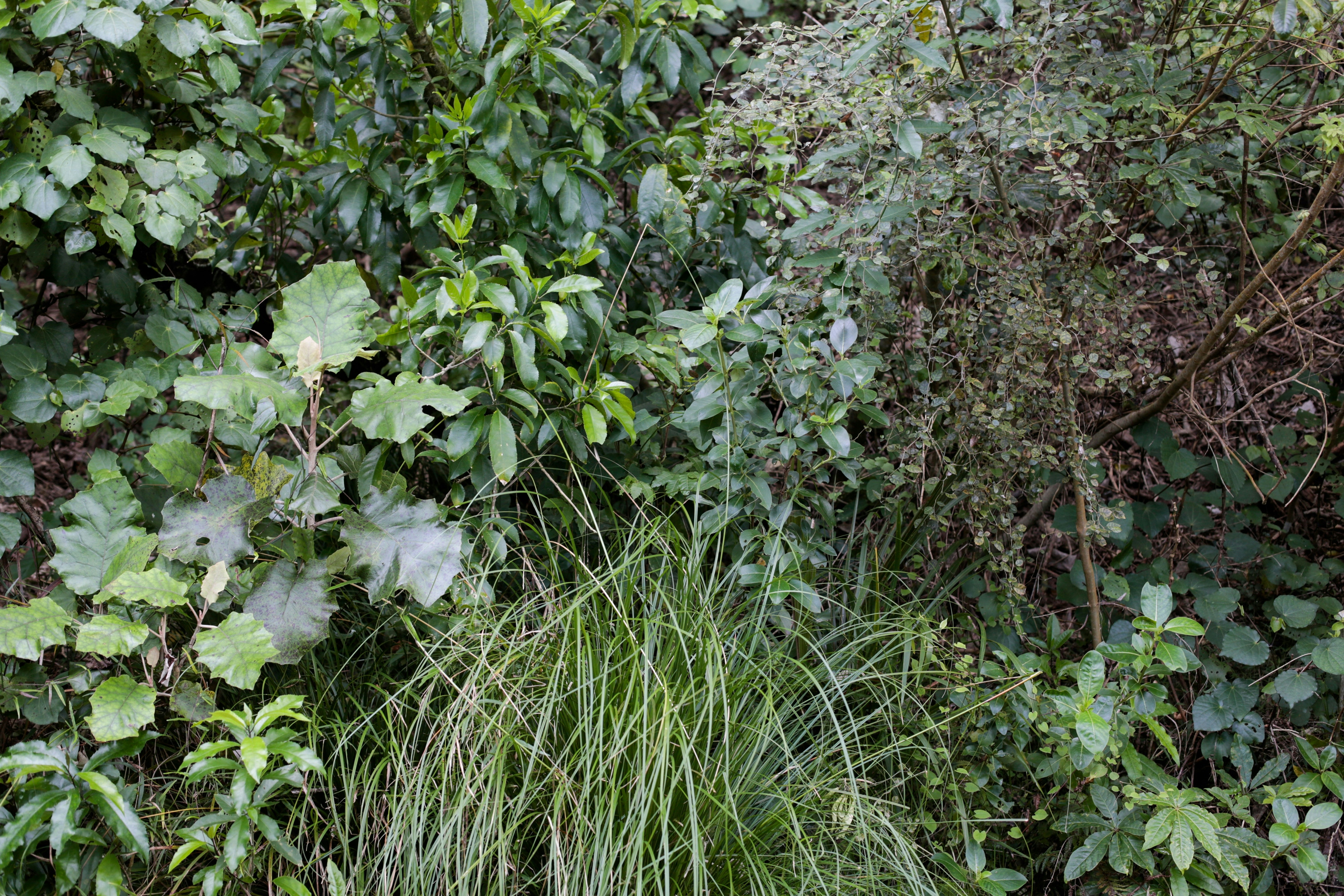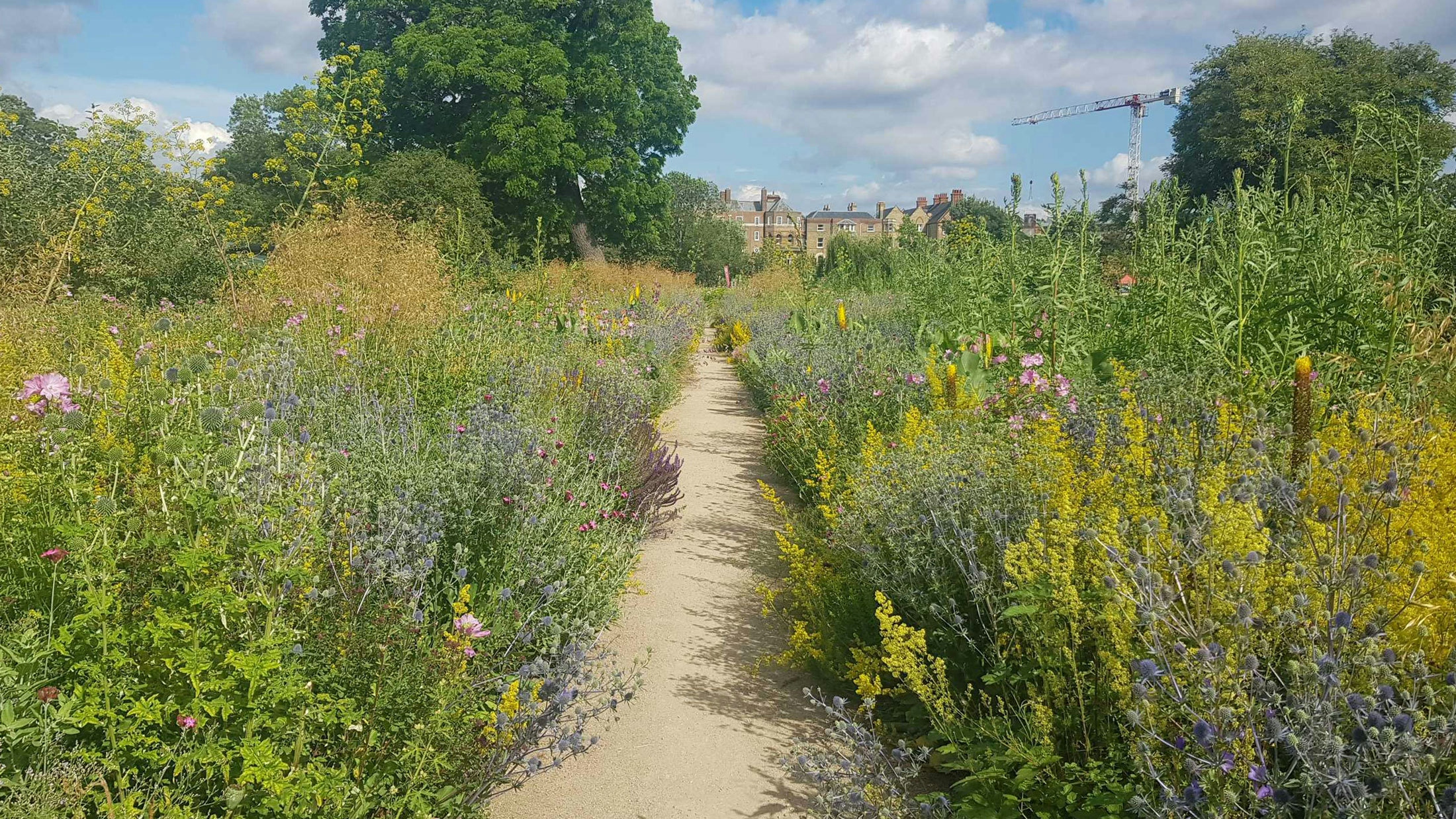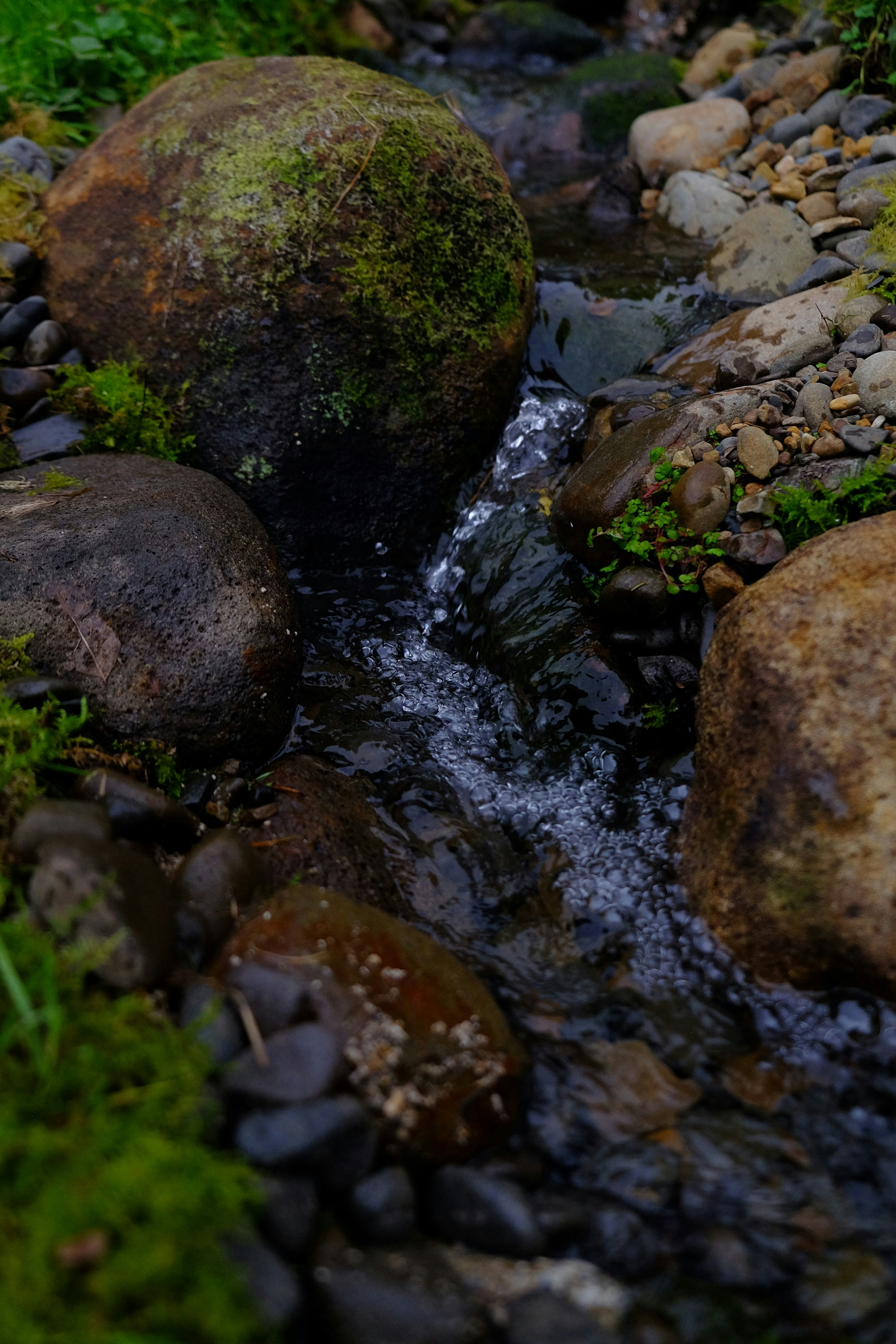
Journal — Dirt
Owen Woodward
03rd March 2021
Living water in the garden
Owen Woodward is a fresh water biologist who has a passion for the health of our lakes and rivers. He has recently started his own practise called Complete Ecosystems, installing natural ponds and streams in private gardens, creating havens for a plethora of wildlife that can be attracted to our backyards.
A natural water feature is a great addition to a garden - adding an extra element as well as beautiful sounds, light play and aesthetic qualities - but also, maybe most significantly, it allows an ecosystem of plants and wildlife to flourish and find its own balance. Natural water features can be man-made, but they use ecosystem functions rather than filters and chemicals to maintain water quality, appearance and create habitats for desirable inhabitants. Without great expense you can add sounds of flowing water and still water reflections while benefiting the overall health of the garden and surrounding natural areas.
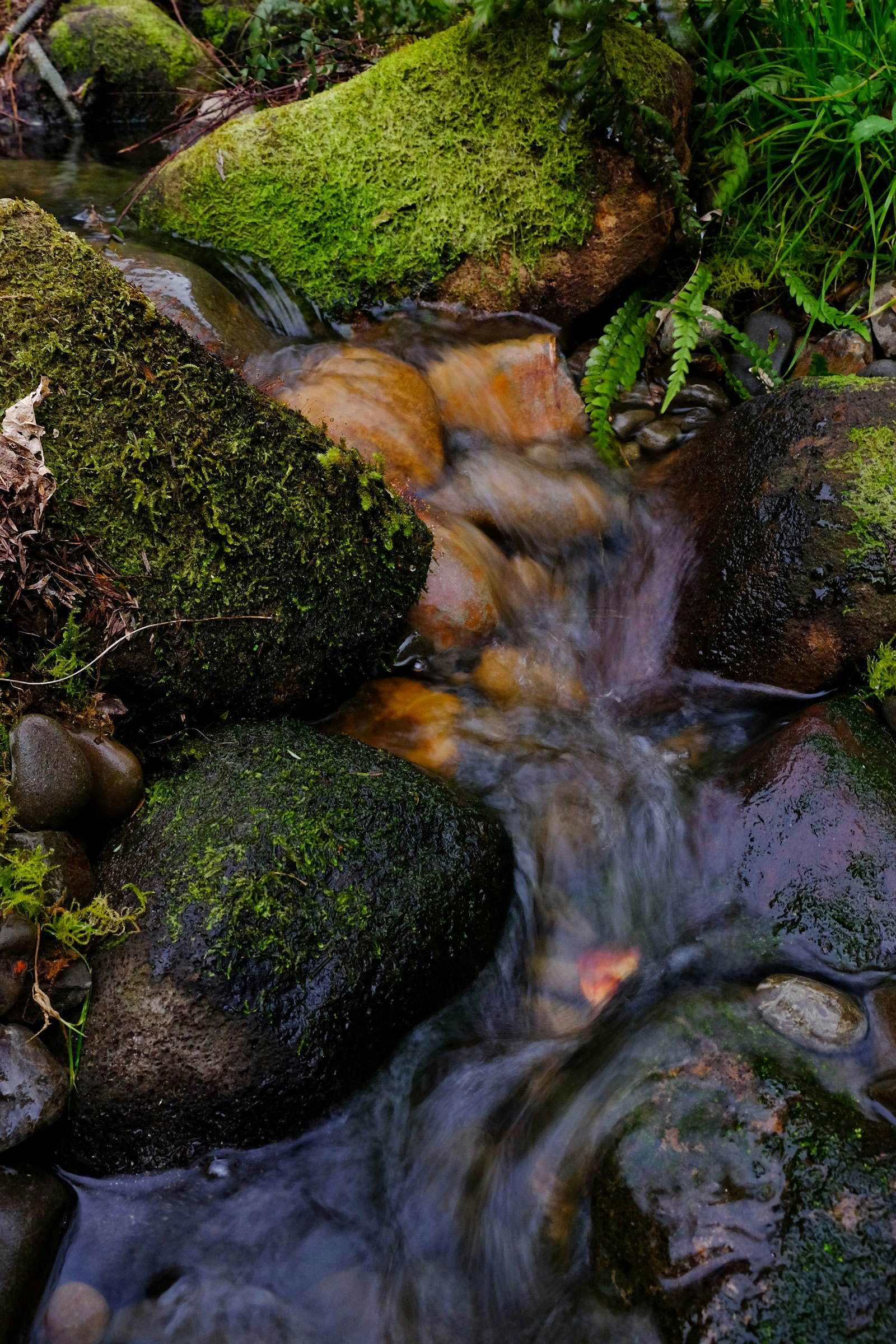
It is human nature to have an affinity for water. The appeal of water has been ingrained through a history of reliance upon it and living alongside it. Now its attraction goes beyond any specific purpose, people are simply drawn to it and enjoy its presence.
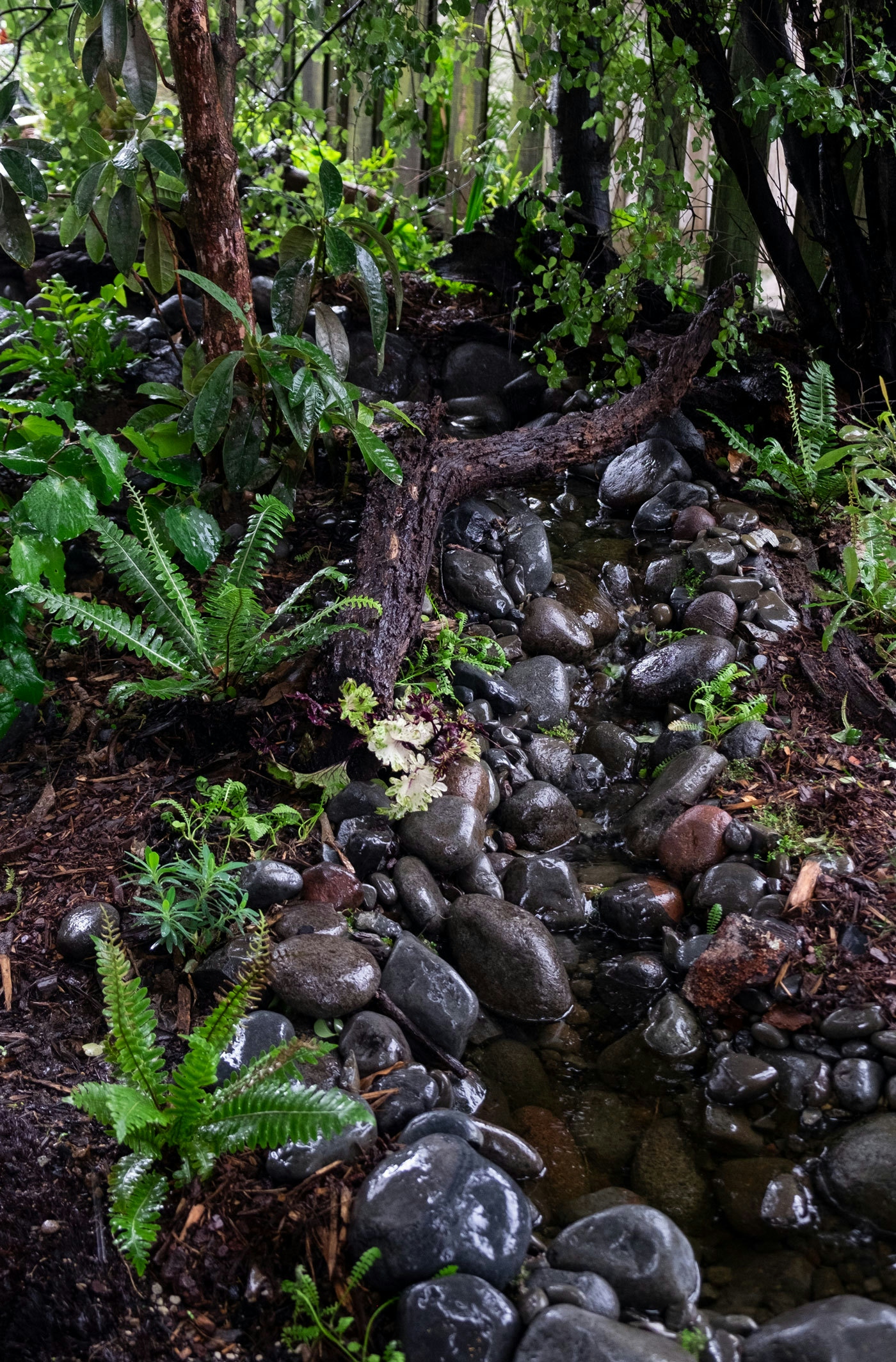
Garden water features are relatively uncommon in New Zealand gardens, where they are often embraced in the English or Japanese tradition. Aotearoa has its own characteristic and iconic wetland flora and fauna which is adapted to our mild climate, where they create balanced and diverse systems. Prior to human interference our landscapes were interlaced with a mosaic of wetlands, small lakes and springs. These ecosystems existing at the boundaries between land & water were highly productive.
Natural water features are a fitting component of an environmentally beneficial New Zealand garden, sitting seamlessly in a landscape of both native and exotic plantings. Reincorporating living freshwater habitats within our cities is appropriate in recognition of our rich ecological history and the importance of these ecosystems to our natural heritage. A huge range of native species would be able to return with the addition of even a small pond or pool of water and many more will benefit from its presence in some way.

Gardens can have significant ecological effects, both localised within developed areas and more widely to surrounding natural areas. Gardens bring diversity of flora, posterity for rare native plants and provide welcome habitats for many kinds of lifeforms.
A common misconception about water in the garden is that complex, expensive filtration or chemical treatments are required to keep away mosquito larvae and keep water clear. These products don’t exist in nature and they are not required in a garden pond, either. When allowed to, natural processes can create a healthy, flourishing ecosystem even at a very small scale. Through these processes algae is moderated, firstly by competition with plants for nutrients and light and then reduced further by grazers, pests like mosquitoes are eliminated by beneficial predators, ample oxygen is produced by plants and organic waste is processed and recycled by a range of small invertebrates and microorganisms.

The foundation of a healthy waterway - just as in any landscape - is the plants. Plants perform the crucial roles of shading the water, absorbing nutrients, consolidating bottom sediments and creating diverse and complex habitat. Deep, clear open pools are lovely to look at, but they are not possible to achieve in the garden, just as they only exist in certain environments in the wild. Our home water features should aim to be like lowland ponds and shallow lakes which are highly productive and have ideal conditions for growth.
Growth of plants is preferable to algae, an excess of which not only discolours water but can harm aquatic life. When algae can bloom unrestrained by shading, grazing or nutrient limitation, the whole system can crash. Thick green water can become depleted of oxygen, killing animals and blocking light to aquatic plants which further reduces oxygen and releases nutrients and sediment. This negative spiral we have unfortunately seen repeated in many lakes around the country, with an excess of nutrients from farmland being a major contributing factor.
There is plenty of choice of what to plant in the water and around its edges, although what is important is that there are some included from each of the categories: marginal, emergent, floating, submerged and low turf. Some taller plants around the edges on the outside should be included and natives which like to grow alongside water are ideal. This includes flaxes, Manuka, Toetoe, Tī kouka and larger wetland trees such as Kahikatea. Marginal plants on the waters edge and in the shallows can be various rushes, sedges or reeds and all provide rich habitat above and below the water.
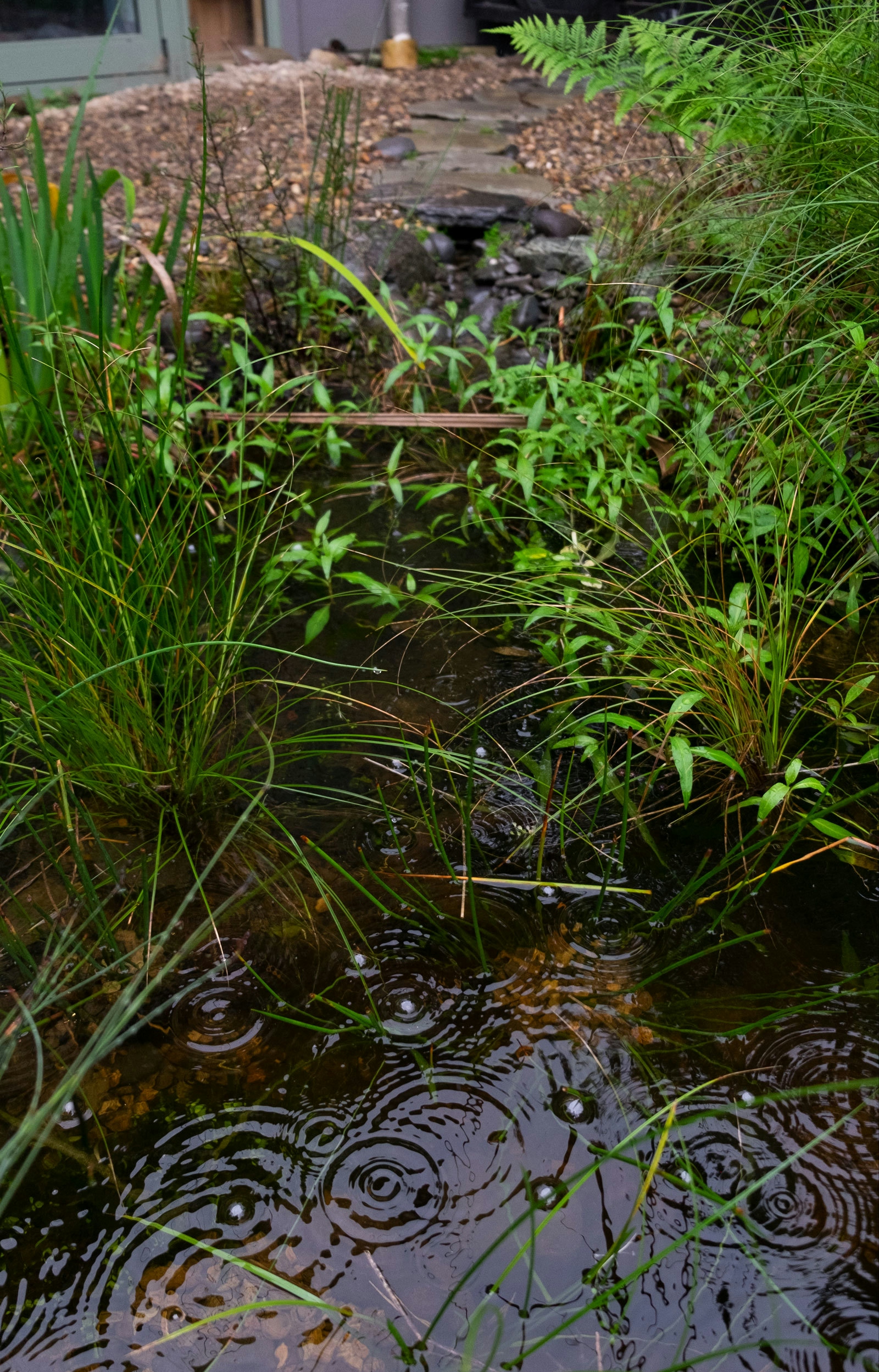
Of the aquatic plants there are some with floating leaves such as the native Potamogeton cheesemanii. The native milfoils provide huge surface area and habitat for small beneficial invertebrates. These plants grow from deeply submerged to just above the surface and have a distinctive dimorphism between their submerged and emergent leaves. Charophytes are a soft stemmed low growing type of algae which can form a low turf near the bottom. A number of native plants form an attractive turf and beneficial ground cover. All of these plants not only look great but contribute to the healthy functioning of the aquatic and nearby terrestrial ecosystem.
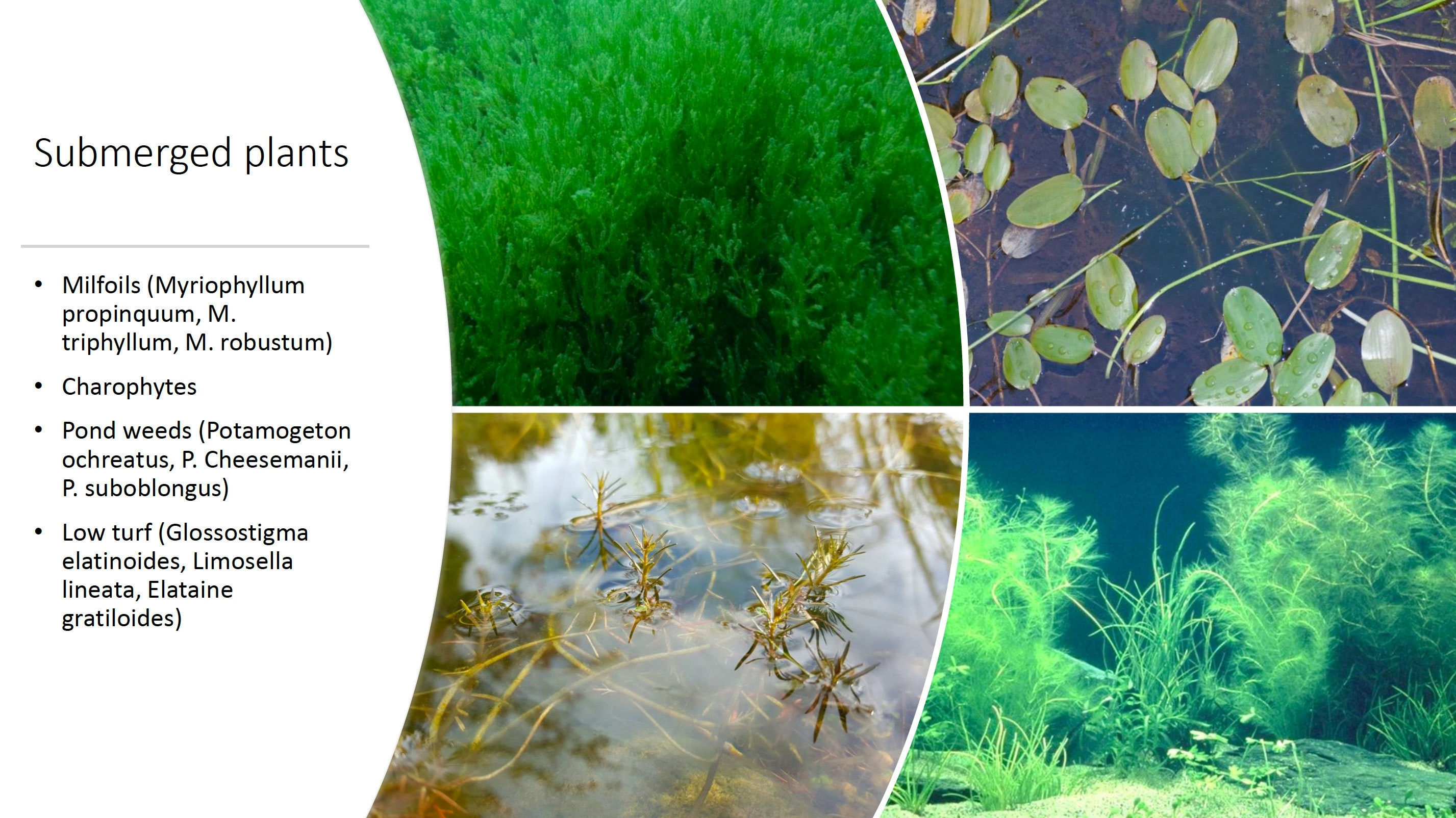
There is amazing diversity to the animals and wildlife that can thrive in garden ponds and streams. Through their interactions with each other and plant and algae life, the ecosystem will find a healthy and harmonious balance. At the bottom of the food chain are those which graze on algae, both on surfaces and by filtering suspended algal cells. These include many species of aquatic snails, water boatmen, mayflies, caddisflies, tadpoles and amphipods. Tiny zooplankton, largely made up of tiny crustaceans consume suspended algae. There are shredders which feed on leaf litter and other detritus.
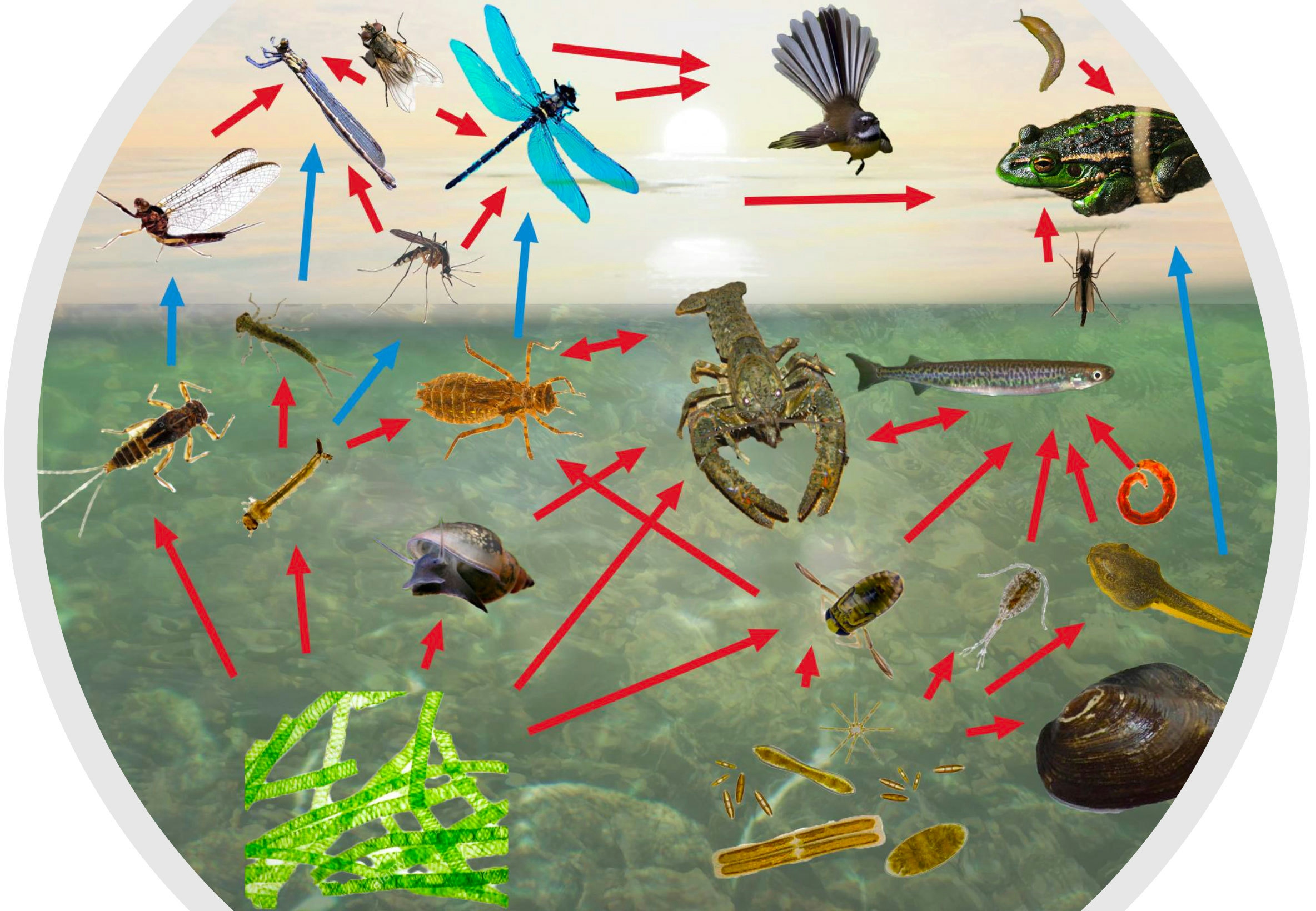
A step up the food chain are predators, the most important of which are the Dragonflies and Damselflies. These impressive predators can make the effort of creating a water feature worthwhile all on their own, not only for their visual display but their pest controlling ability. They spend the majority of their lives underwater with an aquatic larval stage that lasts for between one to four years after which they hatch and complete their lives on the wing in the warmer months. The larvae will wipe out mosquito larvae in the water and once emerged become prolific aerial hunters - annoying insects such as mosquitoes and flies are easy prey.
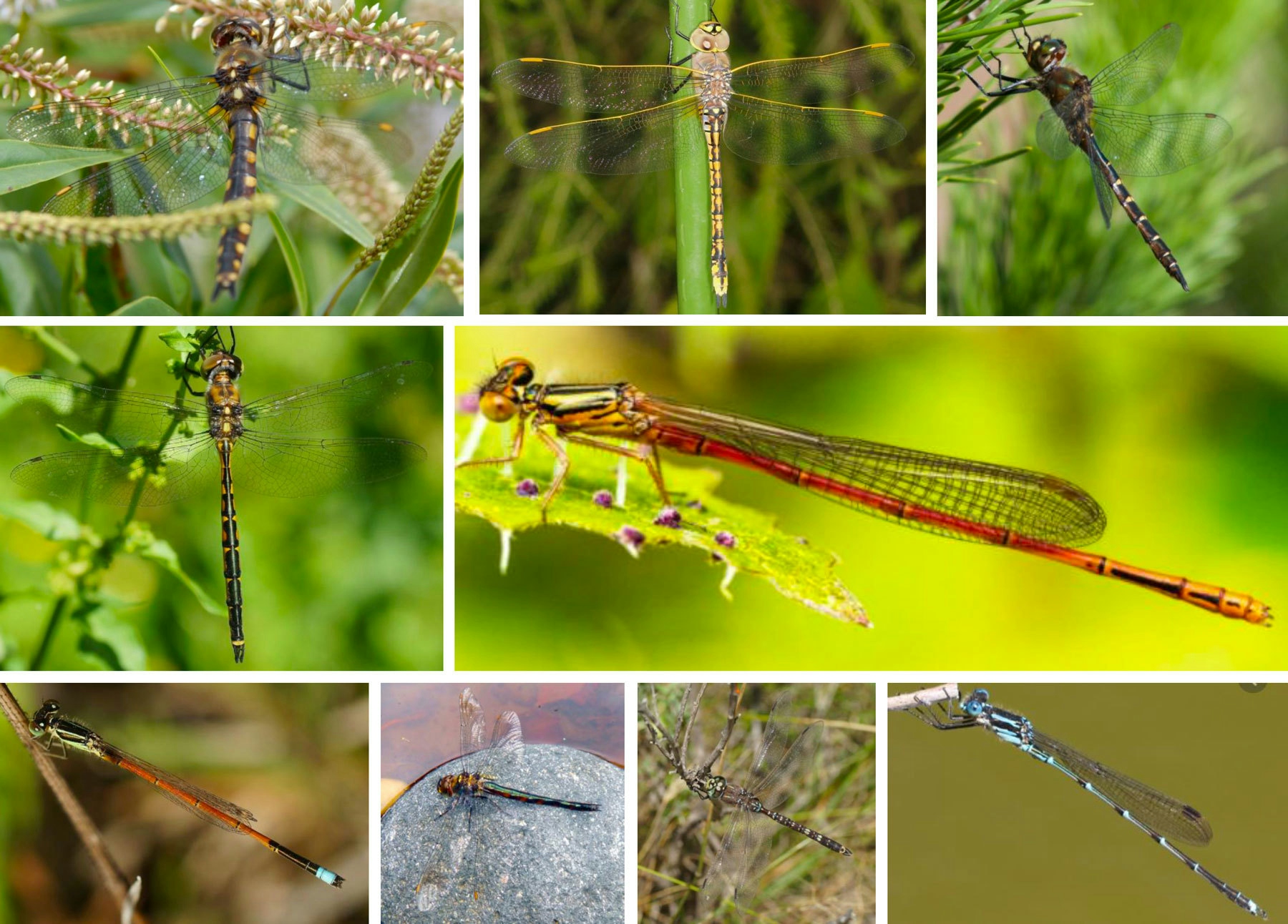
In New Zealand we have a number of species which would be a much more common sight in cities if we built more garden ponds. A healthy natural pond is actually a mosquito death trap rather than a source.

There are many other species which a small pond can support including larger natives such as Koura (crayfish), native freshwater fish and Kakahi, our freshwater mussels. Though our native frogs are now very rare and will not be found in or around cities the naturalised Green and Gold, Southern Bell and Brown Tree frogs fill a vacant niche and will do well in a garden pond. Their predation of snails and slugs is appreciated by gardeners. A garden pond benefits the life around it as well, birds in particular appreciate the water source for drinking, bathing and as a source of food.
Gardening for wildlife has enormous potential benefits for the planet by improving relationships between people, built or modified areas and wildlife. As Human influence on the environment is now so universal it is through improving these interactions that we can correct towards a more positive trajectory into the future. Within cities relatively small steps like gardening for wildlife can have huge benefits when replicated at a larger scale. This is a great opportunity for individuals to see tangible environmental benefits of their own actions, while increasing their own enjoyment of and connections to the spaces around them.
Words & diagrams by Owen Woodward
Photos of waterways as built by Owen for Complete Ecosystems
[Click here for website link](www.completecosystems.com)
Join Our Newsletter
XANTHE WHITE DESIGN
Auckland Studio
Phone: 09 815 1187
Email: info@xwd.co.nz
XANTHE WHITE DESIGN
Wellington Studio
Email: wellington@xwd.co.nz
